6×9 Ross Bay
The white house on the corner of Ross Bay as the sun briefly appeared and then lowered behind cloud once again.
The shots are captured with a Fuji GW690. This camera makes 6×9 cm negatives.
The rest of the roll can be seen at White House as part of my 52 rolls project.
My first ever blog post was of this same scene, with similar light.
.
.
Fujica GW690 with 90/3.5 lens, Fuji 400H metered at ISO400 commercially developed, scanned with Epson V700.
.
.




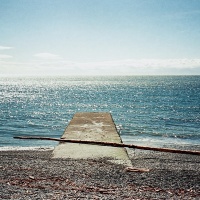
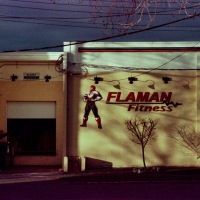
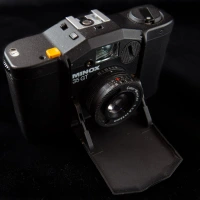
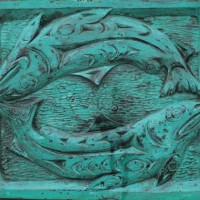
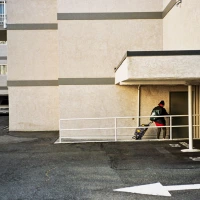
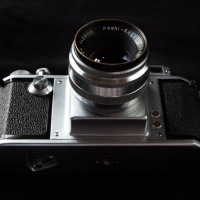
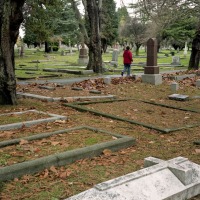
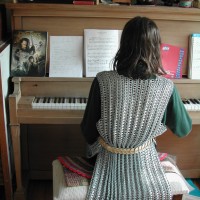
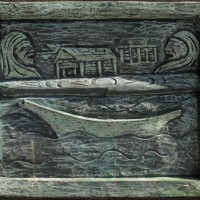


Pingback: 6×9 Ross Bay Mono | burnt embers
http://www.normankoren.com/zonesystem.html
Click to access ZoneDial.pdf
I have the zone scale on my pentax, as seen in the above link; but did use the card calculator until the pentax came into my possession – remember expose for shadows with negative film & lightest area for detail in reversal/digital imaging and you cannot go wrong. 😉
Ho and a great meter, but yes I can see it is a little complicated so just use it for metering and the above method for actual exposure.
You will be fed-up hearing from me ………… sorry. 🙂
I went through all the same problems & still get it wrong sometimes !!!!
David.
LikeLike
Thanks David, that first article looks very useful, I will need to study it! And I don’t get tired of your, or anyone’s help, so please feel free.
I have seen a couple of those modified Pentax Spotmeters go by in my local used camera store, but they are always over budget. My spotmeter is equivalent I believe, but has been used a lot and much of the lettering worn off the exposed surfaces so it was within my budget. And now that I think of it, it is what I traded that F2 for! So, not a bad trade as it is a truly useful thing to have. And has a spot meter as well.
LikeLiked by 1 person
The first ever blog shot holds its own v well compared with these
LikeLike
Thank you Mario. It was one of the first shots I took with my DLSR and I used the spot meter I think as I was so thrilled to have one in the camera. The camera was set in monochrome mode, and the image was shot as a jpeg so I don’t have a colour version to refer to. I did not edit the image either. So, all those things considered, it stands up very well. I think I have framed the shot a bit better this time around though.
LikeLike
Nice!
LikeLiked by 1 person
Thanks Mark!
LikeLiked by 1 person
Back again – this one is from my list of bookmarks and more detailes.
http://www.cambridgeincolour.com/tutorials/camera-metering.htm
Please ignore my fingers going faster than my brain and correct your to you’re 😉
David.
LikeLiked by 1 person
Hi David, thanks for the links! I fixed that typo, I am sure it was just an autocorrect feature and not your fingers 😉
Nice to be reminded of cambridge in colour – I have spent quite a bit of time there using different features, but I did not think to search for some guidance on metering. My big problem is figuring out what to meter, and whether that should be different for different kinds of film (colour negative vs transparency vs black and white). Once metered, then what decisions to make with the reading.
So, I think the link that gave in your first comment is potentially useful, but I find it very difficult to understand. Which is more likely to be me than the writing style. I will just have to read it a few times.
My spot meter (Sekonic L508) has an averaging function, but I have to look up the instructions each time I want to use it, and it doesn’t address the fundamental issue of how to meter. Mostly I do incident light readings, if possible, or just go with the sunny 16. That usually works fine for me, and probably what I need is more experience, and to keep notes of what I am doing so I learn faster.
LikeLike
Gosh I love the light in these……..
I hope you don’t mind – have a look at this site it might help with the spot meter. Looking at these and the ones on 52rolls, you’re doing just fine.
http://spotmetering.com/spwhy.htm
David.
LikeLiked by 1 person